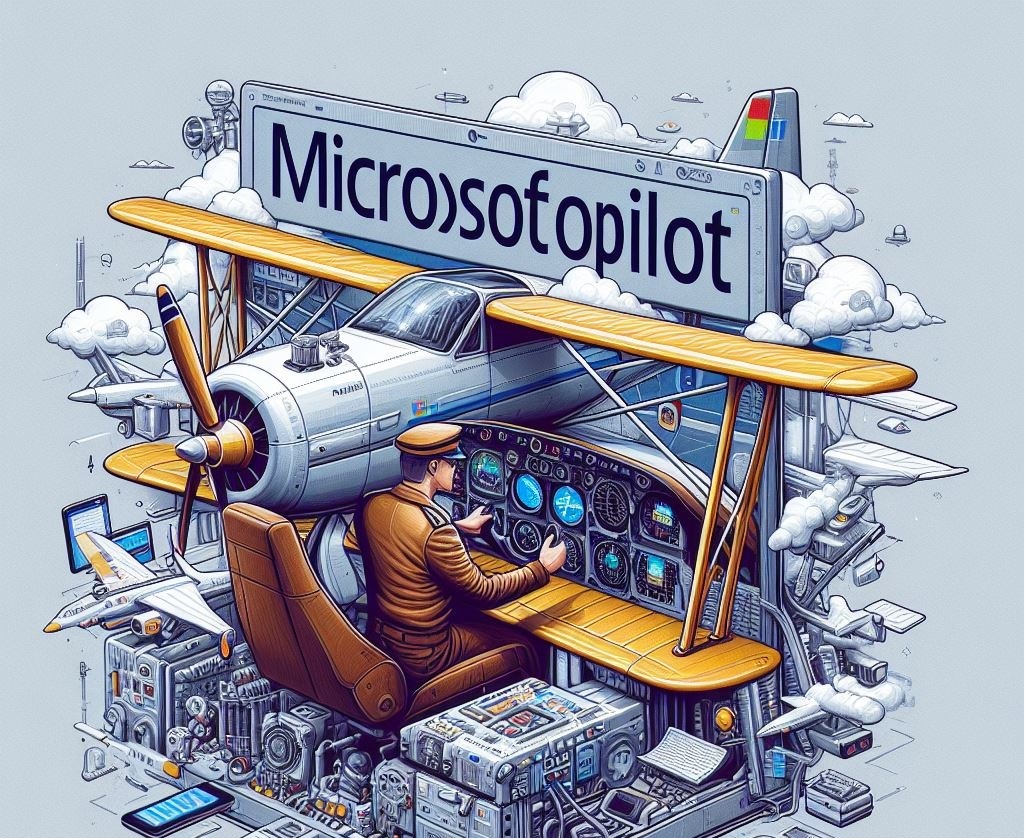The way Microsoft’s Copilot helps users with different tasks has made it stand out in the ever-evolving field of AI technology. Still, recent remarks made by Microsoft staff members highlight a crucial problem with Copilot’s user experience. Misuse of Copilot’s functions by users may be more of the cause of frustration than the AI’s shortcomings, despite what the general public believes. A paradigm shift in the way consumers engage with Copilot emerges as a focal point as Microsoft attempts to remedy this issue.
Microsoft’s Perspective on Copilot Utilization
Compared to other AI chatbots like ChatGPT, Microsoft Copilot frequently ignores the fact that users must give specific cues in order for responses to be as good as possible. Business Insider recently spoke with Microsoft workers, and they revealed that they believe consumers’ tendency to compare Copilot with ChatGPT to be the result of a basic misunderstanding. Users’ inability to modify their methods to accommodate Copilot’s collaborative nature is the real problem, not Copilot’s lack of technological sophistication.
The difference between ChatGPT and Copilot, as explained by a Microsoft employee, is in how they are meant to function. Whereas Copilot acts as a collaborative tool that necessitates active user interaction, ChatGPT operates independently. Unrealistic expectations about Copilot’s reactions stem from the false belief that both AI entities function in the same way. Because of this, users might ignore the subtle cues that Copilot needs to provide in order to provide the best results, which would continue the loop of discontent.
Microsoft’s Efforts in User Training
To address these issues, Microsoft has started extensive training programs to improve the user’s way of interaction with Copilot. These collaborative systems underscore the importance of developing distinct cues that are tailored to Copilot’s capabilities. Microsoft wants to give users effective means of communicating with Copilot so they can take full advantage of the AI platform.
But changing users’ attitudes and behaviors is a difficult endeavor, especially in light of ChatGPT’s widespread use. Although Microsoft has made a concentrated effort to explain Copilot’s unique features, customers’ deeply ingrained habits and preferences might make it difficult for them to adopt the cooperative strategy that the tech giant is promoting.
An important question arises as Microsoft works through the challenges of improving Copilot’s user experience: Will consumers respond to the invitation to reconsider how they interact with Copilot, embracing its collaborative nature in order to fully realize its potential? The response might very well determine how Copilot develops in the cutthroat market for AI chatbots.





